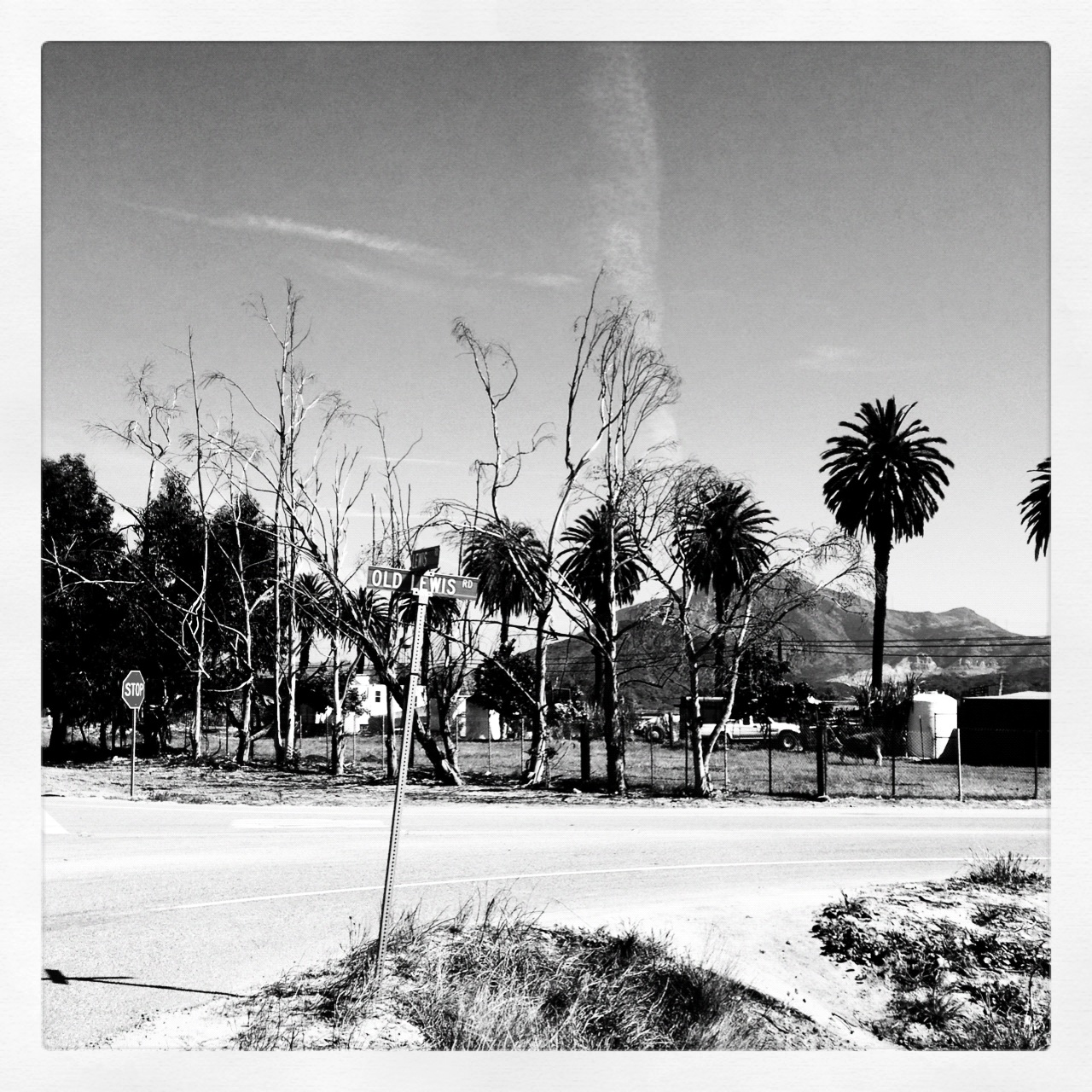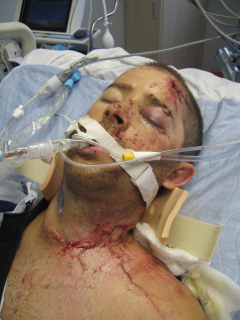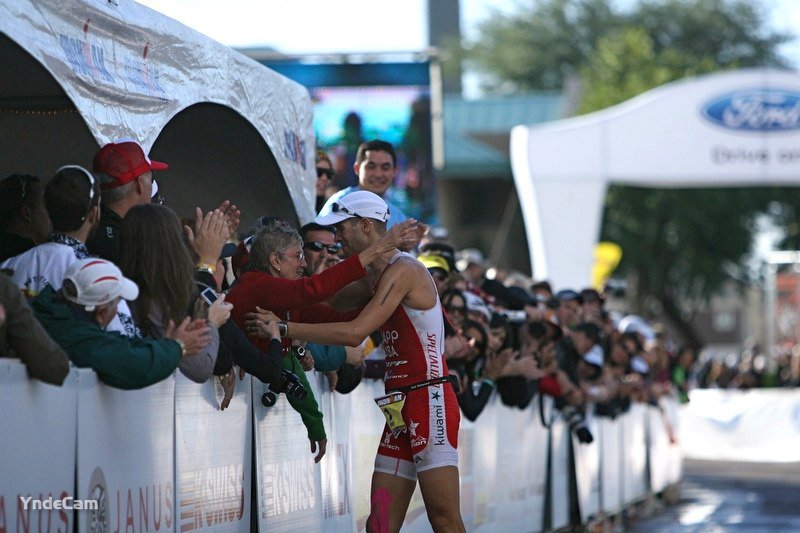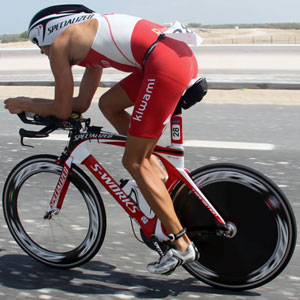Two Years

Two years ago, my life very nearly ended when a driver made a left turn in front of me as I was riding in the bike lane of a road leading inland from the Pacific Coast Highway in Camarillo, CA. My head shattered a window, and the broken glass severed two of my jugular veins. The driver sped off, leaving me to die in the road. But as much as what is disturbing about what happened to me, what's also important are the positive circumstances surrounding what happened, besides the obvious one, which is that I did not die. Thank you, CPO Tom Sanchez.
I was riding in a generously wide bike lane, almost as wide as the car lane itself. The wide and well maintained shoulder is part of why I chose to ride there, on the relatively quiet roads through the low-coastal farmlands. It's part of a large network of bike lanes and bike-appropriate shoulders on roads throughout Southern California. The hit-and-run driver was aggressively pursued by the CHP, who found his residence and his family – along with six fake IDs – and who have an outstanding warrant for his arrest. Despite the unfortunate situation with health insurance in our country today, my own insurance – which was my parent's only requirement of me when I told them that I wanted to become a professional triathlete – covered virtually all of my expenses.
My automotive insurance, USAA, went above and beyond in terms of being helpful, and I mention this not only because they were so supportive but also because I found that in the immediate aftermath of my accident, it was clear that many people did not realize that in most states, your auto insurance is your primary insurance carrier in any accident involving a motor vehicle, even if you are on your bicycle; I have since maxed out my uninsured motorist/body-injury liability/medical coverage on my auto-insurance, which added a grand total of about $9 a month to my costs for roughly 10x the coverage. Auto insurance is the cheapest way to protect yourself in the event of an accident involving a car. With many drivers being uninsured or underinsured (or fleeing the scene of the accident), it's best not rely on coverage from the driver, which is really part of a larger message that the most important thing is to rely on your own wits and caution to keep yourself safe on the roads.

I now take several steps to try to help prevent another accident, and I also have some steps that are potentially valuable from a "peace of mind" perspective. The most important thing – more important than anything else – is your own attitude towards riding. I think this covers two basic decisions – where you ride and how you treat the "rules of the road." Where you ride is one of the easiest things to use to your advantage, and while my own accident shows that bad luck can happen anywhere, I have – after a long absence – returned to riding in Camarillo because the road I was on really was a great road for cycling. I do ride with a bit more caution past the intersection of Lewis & Old Lewis Rds, but I actually avoid many other roads because they lack a bike lane, have many blind corners, or otherwise put you closer to vehicular traffic than I think is ideal. Of course, proving a negative is virtually impossible – have I not been in another accident because I've been careful or just because I've been lucky? – but I think that choice of route is still an important step to staying safe. Nothing can keep you safe from bad drivers, like the driver who decided to buzz me by swerving into a bike lane on New Year's Day, but thankfully, those drivers are fewer than they might seem, despite the fact that they imprint themselves indelibly in our brain when we meet them.
Obeying the rules of the road is also an important part of staying safe, both in terms of engendering good will and also just being predictable. Unfortunately, there does seem to be a bizarre double standard where cyclists behaving badly are viewed as representative of a larger menace – "f&*^%ing cyclists!" – whereas drivers behaving badly are the exception to the rule – "what a nutcase!" But running stop lights and stop signs, sprinting to try to make yellow lights, not using hand signals, etc. are all decisions that put you at risk in the moment, not to mention the potential for "retribution" from spandex-hating motorists directed at other cyclists. Unfortunately, it seems that the real impact of flexing the rules of the road is that the rules aren't often clear. I've had cars with right of way stop for me when I'm approaching a stop sign, ostensibly because they expect me to run it. Likewise, some cars don't recognize that in the absence of a proper shoulder, a cyclist actually has the right to occupy the whole lane – known as "owning the lane," which is a way to prevent a car from driving side-by-side when there isn't enough room for it.
Small gestures of good will also go a long way. I try to be aware when I'm in the shoulder if I'm blocking folks from turning right, and – if I am – I move over, usually to the left, to allow them to turn. I've been thanked numerous times for doing so, and it's also clear to the car I'm moving over in front of why I moved in front of them, which – so far – seems to keep them from honking at me to get out of their way when the light goes green. I also think that my passion for lights at all times of day as a safety feature could fall into the category of good will. I've had more drivers than I ever expected say, "I really like your lights; I wish more cyclists would use those; they make you really easy to see." And I think that's part of a general sense that, with few exceptions, drivers do not want to hit a cyclist. But as I realized after my accident, nobody expects to see bikes on the road. I found my own thought process on this was a bit flawed, as not expecting to see a cyclist is definitely not equivalent to expecting not to see a cyclist. While it may seem like semantics, there's a difference. Most folks reading this probably drive as well as read, and I doubt anyone would comment, after driving to work or the supermarket or whatever, "you know, I didn't see a single cyclist on the road today." But in a total absence of cars, you'd probably think it was a sign of the coming apocalypse. And that's what I mean by drivers not expecting to see a cyclist. When you are driving, you expect to see other cars. You do not expect to see bikes. An absence of bikes would not be surprising, but an absence of cars would be. And I think that it's important to be aware of that when you are riding.
When you think about making yourself visible, do so with lights that a car would notice, not lights that a cyclist would notice. My general rule of thumb is that a light needs to be visible at least 100m away, as that's a relatively safe braking distance for a car at speeds typical on roads that we all bike on. At the very least, it's enough distance to slow down. I've reviewed quite a few lights here: Slowtwitch.com/Products/Lights/, but there are some others worth touching on. In the world of front lights, the enduro mountain biking scene has made it so that there is a plethora of great lights to choose from. But there is a notable absence of great rear lights. The best, by far, are those by Dinotte, whose lights really resemble car tail lights more than bike lights. Dinotte is also the only company to make amber front lights, which are slightly less visible (and no good for seeing the road), but which are quite a bit easier on driver's eyes, so you can really point it into traffic, while keeping your white light on the road.
For my wife's benefit, I also always ride with a SPOT locator, which costs $99 for a year of service, plus $49 additional if you want the "tracking" feature, which updates your location on a website every 10min. The nice thing about SPOT is that it works anywhere. It uses satellite communication, as opposed to cell towers, so it works anywhere on the globe and anywhere you might ride. It's got an SOS feature, which takes a few hours to process, so it's not like dialing 911, but it's a better alternative than going Aron Ralston on yourself if you crash somewhere (especially MTBing) where you can't reach someone. I also wear a RoadID, and did before my accident as well, though my wife actually found me before the police found her, though that was more the result of a confluence of circumstances – ride at the end of the day in the week before a race – that alerted her to the fact that something was wrong very quickly. Had I been out riding for a long ride on a morning, the contact information on my RoadID would have been invaluable. I also use my RoadID to indicate that I am an organ donor, something that I think would have been important in the event that I had not been lucky, since I don't ride with my driver's license. I don't think either a SPOT or a RoadID keeps you safer, but in the event of an emergency, they both can be invaluable, with the SPOT offering some obvious additional value for folks that ride in areas without cell coverage.

But in addition to every decision you make about where to ride, how to ride, how to be more visible, etc, there is still the issue of how drivers on the road treat you and the place that bicycles occupy on the road – both figuratively and literally. The importance of bicycle advocacy is, in my opinion, largely about making it clear that bikes do have a place on the roads. Unfortunately, one only needs to read some of the comments in any article about a bike accident to see that there are those drivers who don't believe – or simply don't realize – that bicyclists do have rights. Tom Vanderbilt's book, Traffic, and his associated blog (which currently details his participation in the Ride On Washington), How We Drive, offer some interesting – and some disturbing – insights into human mindset on the road. Simple observations such as, "a vehicle struck a cyclist," show the way our brain detaches a bit when we get behind the car. It's notable that the car, as if by its accord, struck a cyclist – a person – as opposed to saying, "a driver hit a cyclist." Despite the fact that we are in control, usually, of our cars, we take on an almost passive role, especially with regards to accountability behind the wheel. While there are certainly some troubling parts of the book, it's an important read for any cyclist (and driver). It certainly changed how I treat the way I not only ride my bike, but also how I drive. Cars are an incredible part of American culture (something which Traffic explores in other countries, many of which have very different opinions regarding both bikes and cars), and one of the most impactful things we can do is to push bicycles into that culture in the same way. Laws like the recently defeated 3ft passing law in California (which is on the books in other states) are an important part of making bikes a part of the culture of the road, which is perhaps more important than anything else, and which is one of the primary aims of Tim Johnson's Ride On Washington. Support those laws and efforts in your state. The value of bikes – and cyclists – belonging is incalculable.
Lastly, on a totally non-practical note, remember that every day is special. And every day on your bike is special. Sadly, it seems we've all lost friends on the road. Whenever I see a ghost bike by the side of the road, I can't help but think, "that could have been mine." Hug someone you love. Be thankful for what you have. And fight hard to keep it.


